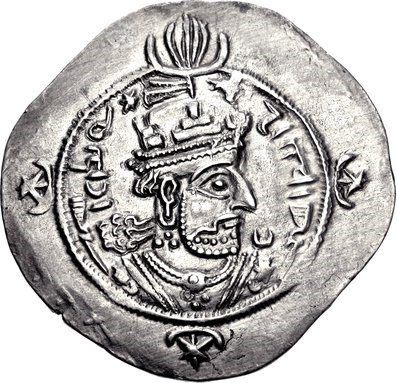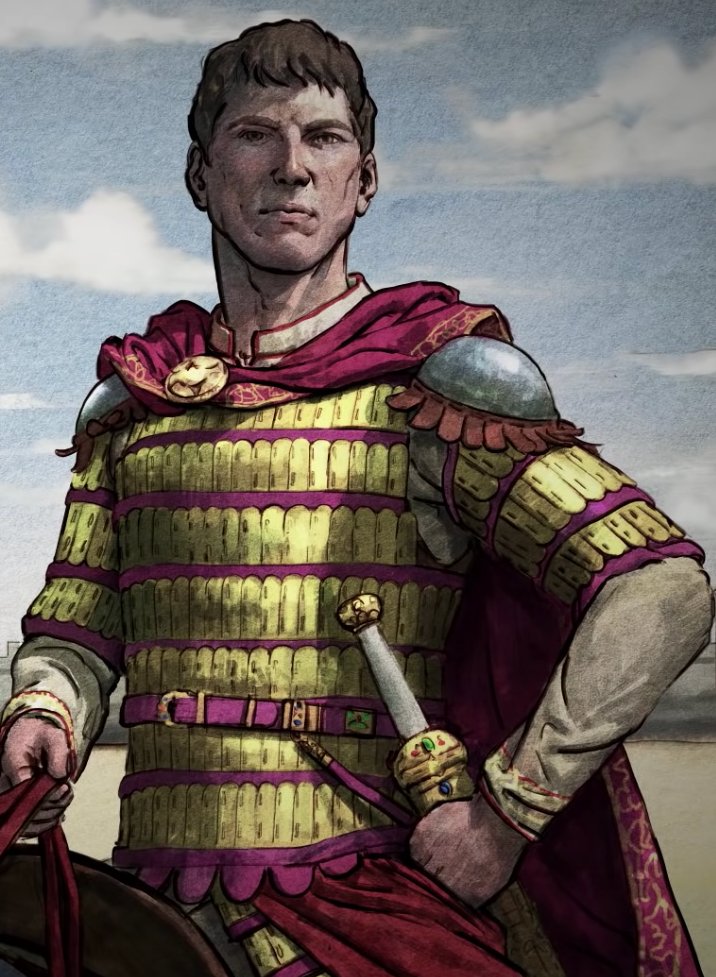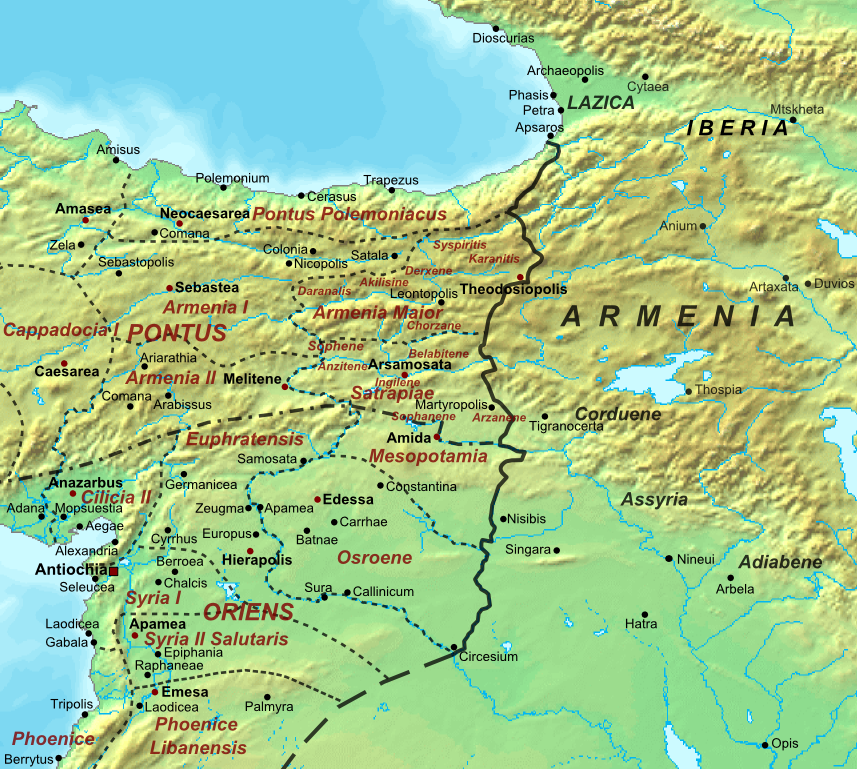Heraclius' second counteroffensive against the Persians in 627/628 AD was so successful that it drove the Persian elite to plot a coup against their king, Khusro II. In a remarkable step, the plotters actually sought Heraclius' support first. 🧵 #Roman #Byzantine #History




In 627, Heraclius and the Roman army invaded the Persian Empire via Lazica, then marched south across the Zagros to the Great Zab River and won a resounding victory over a Persian army at Nineveh on 12 December. 

The Romans then advanced further south, forcing Khusro II to flee from Dastagerd to Ctesiphon, and chasing him south toward the Persian capital. There, the Persian elite, including a reported 22 senior commanders, plotted to overthrow Khusro II to save their state.
The conspirators planned to depose Khusro II and acclaim his son, Kavad Shiroe, who would then make peace with Heraclius and end the war. But it would make no sense to have a coup if Heraclius was unwilling to make peace and would just continue the war anyway.
So before they acted, the conspirators sent a messenger to Heraclius in February 628, to seek assurances that the Roman emperor would be willing to treat with Kavad Shiroe and bring the war to an end if the conspiracy was successful. 

Heraclius, whose goal was to end the war and restore his state, not to destroy the Persian Empire, was more than happy to give some sort of assurance that he would enter into peace negotiations with the new regime. The coup went off without a hitch, and Khusro II was deposed.
It is an extraordinary twist of fate that Heraclius, who earlier in the war had offered to Khusro II to abdicate his throne, was now approached for his blessing on a Persian coup that would overthrow that same king. Fortune's whirling wheel is strange indeed. 

• • •
Missing some Tweet in this thread? You can try to
force a refresh

 Read on Twitter
Read on Twitter


















